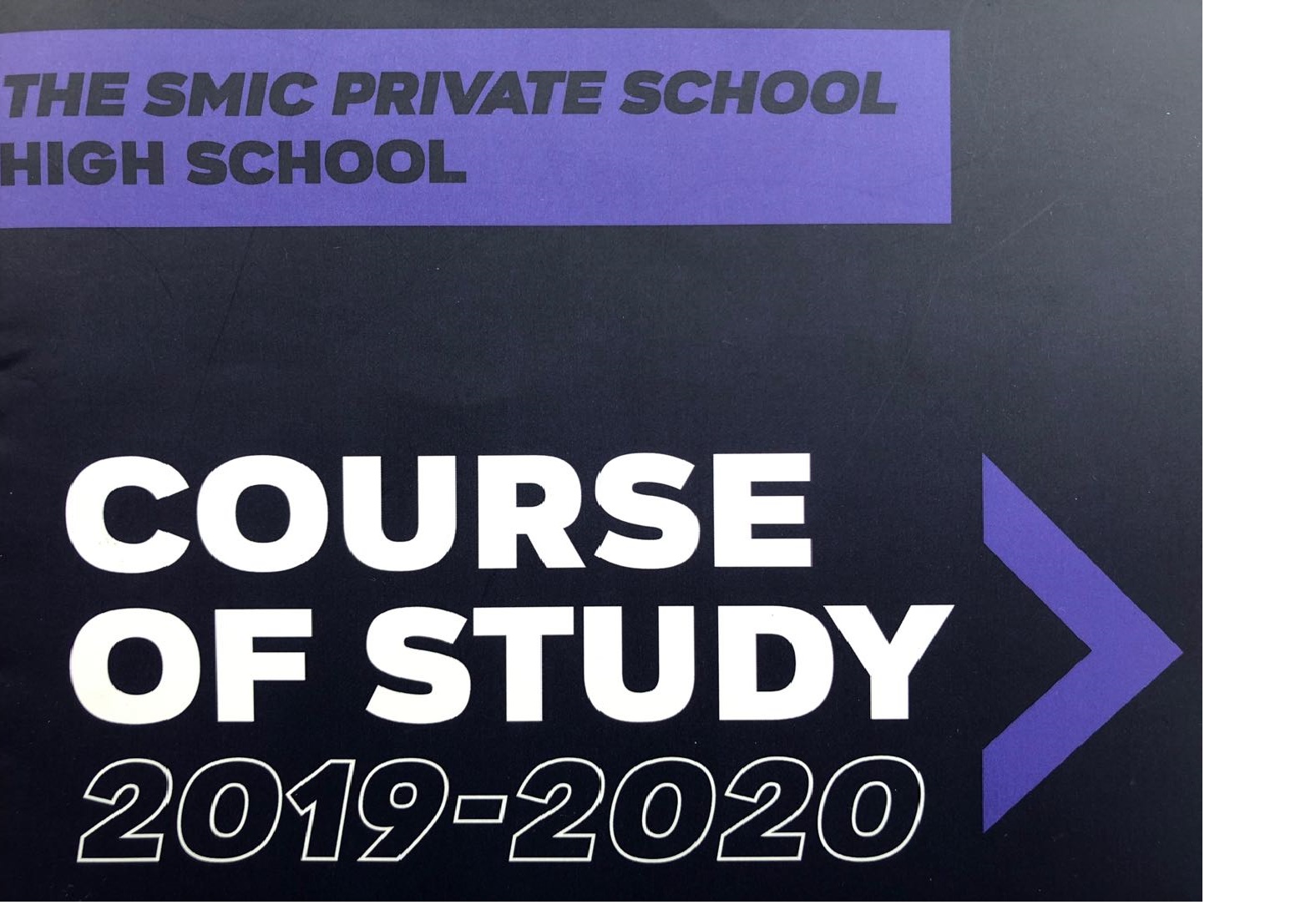Eighth to Eleventh graders carefully choose their courses for the next school year
At the beginning of April, eighth graders, freshmen, sophomores, and juniors were handed an A3 paper of immense significance – the official course selection form which they would have around a month to fill out.
After listening to the school’s presentation about the available courses and the course selection process, students were also each given the 2019-2020 school year course of study handbook, which describes the focus of each class, the prerequisites, and the course load in greater detail. This booklet also displays the graduation requirements, specifically the number of credits needed for each subject field of study, the amount of extracurricular credits required, and the number of community service hours expected. Additionally, the handbook also offers a helpful section which groups elective courses according to potential career interests, stating what classes students are recommended to take if planning to have a job in education, the performing arts, medicine, engineering, psychology, architecture, international business, or architecture. At the last page of the handbook, a useful high school course planner chart is also available.
Besides the usual available classes, the 2019-2020 school year also intends on offering the students new courses, specifically AP World History, and textile and fiber arts. Intended for sophomores, AP World History is also available to other grade levels and “[provides] students with a big picture approach to the study of world history from 1250 to the present” while exploring themes such as the “development and interaction of cultures [and] the creation, expansion, and interaction of economic systems.” Meanwhile, textile and fiber arts is a new art elective designed for students who seriously consider fashion and fashion design as a future career, exposing students to various techniques such as screen printing on fabric, hand embroidery and needle arts, and weaving and textile jewelry.
Furthermore, students are given the opportunity to petition for a five or seven course load and can request permission to take more than three APs, which is the recommended maximum number of APs the average student could manage in one year. Kevin Zhou (12C), who is taking a five AP course load for his senior year, describes his experience, “It’s been okay actually. As a disclaimer, I first need to state my APs: Environmental Science, Macroeconomics, Literature, Research, and Calculus AB. Economics (I’m taking the micro exam as well), research, and environmental science are all subjects that seem like common sense to me, and the load is light. I have the honor of being taught by extremely capable teachers, so this year has gone by in a breeze. Maybe it’s just my personality, but I don’t feel too much pressure going into the AP season. [I] probably wouldn’t recommend this course load for everyone though.” As exemplified by Kevin, students should strive to challenge themselves, and expand their potential while managing their time well. If you know your efficiency and competence well, you would be able to take a rigorous course load that satisfies your interests without sacrificing your health.
Featured Image – Course of study handbook – Photo courtesy of Gracier Dai
By Gracier Dai

